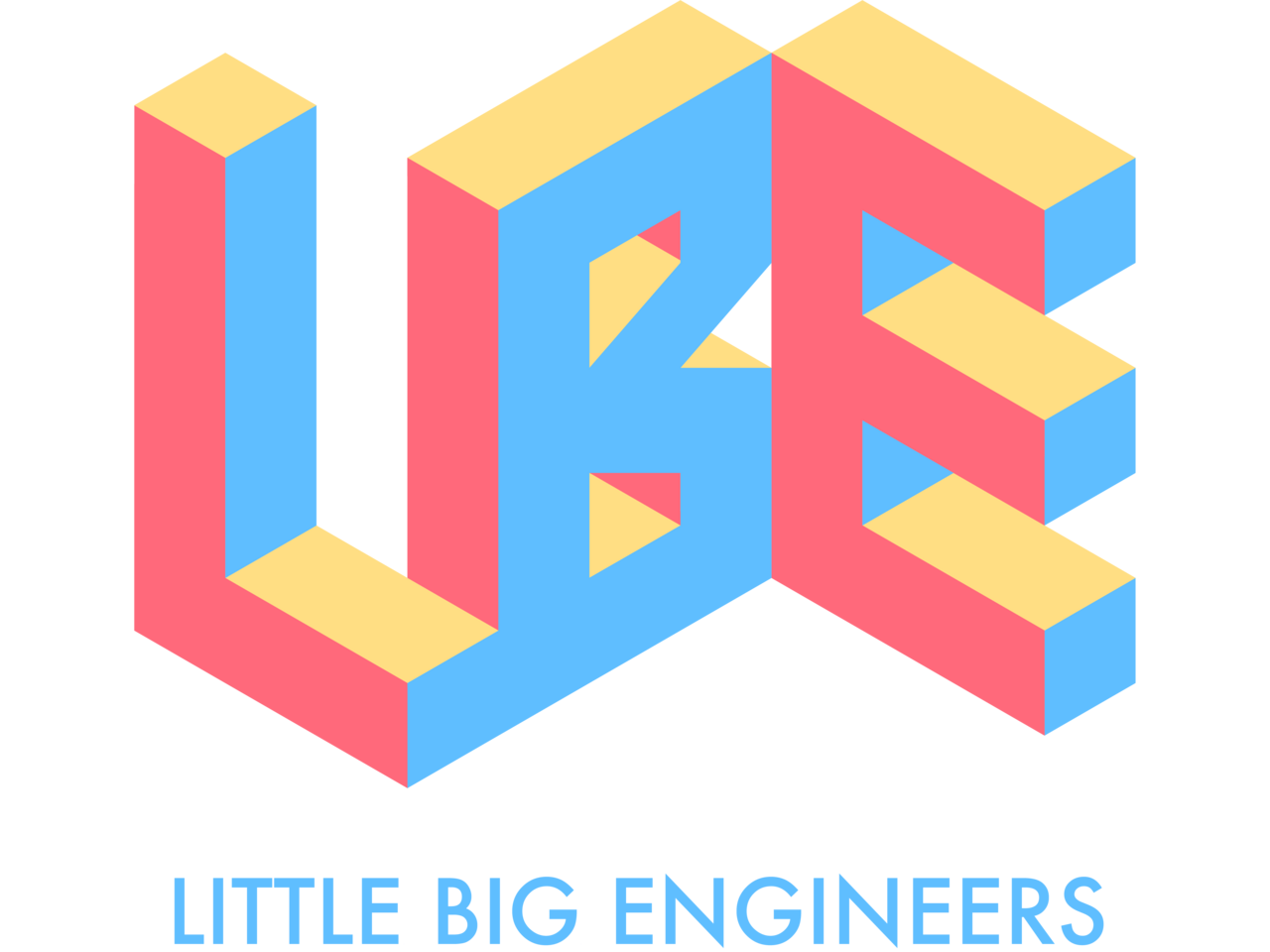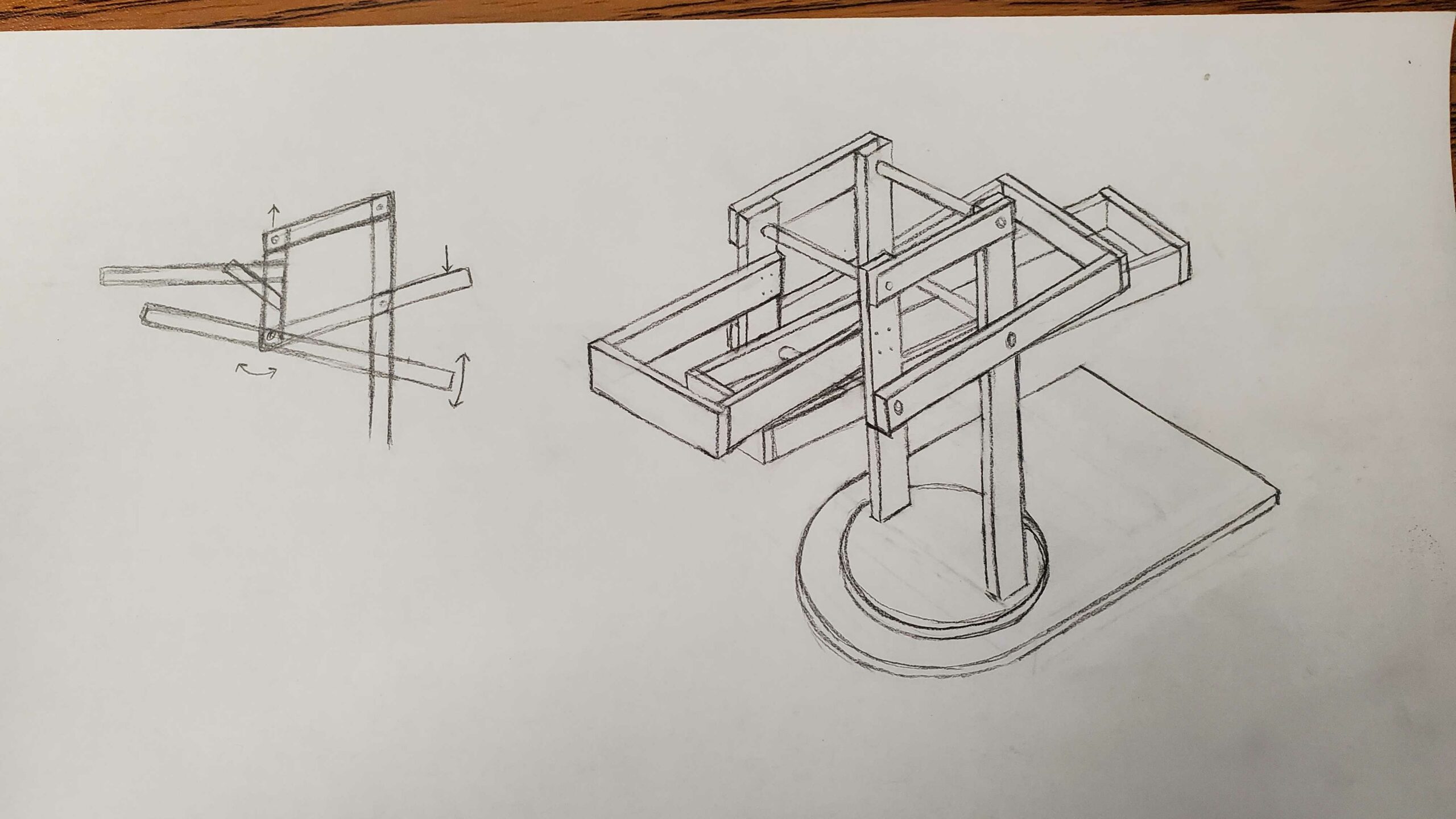This week saw a lot of much-needed progress in the story, art, and programming domains of the project! Our interaction design and set design are starting to coalesce as well, and will determine the direction for our progress going forward. This week wasn’t without its hardships, chief among them a Covid-19 exposure to one team member, but our goals are getting clearer and production is starting to take shape. Let’s get into it!
Story
One of the most desired pieces of progress from our faculty instructors was a coherent story with meaning behind the interactions the guests were taking. Kat created a narrative pitch deck to communicate this in a few minutes. Here is a recording of her delivering the pitch, in the form it originally took on Tuesday.
While our interactions took a much different shape throughout the week, the world of the story is settled at this point. Because the environment of the festival rewards experiences with multiple outcomes, our next iteration will involve two endings. With the advice of our alumni resource Christine Barnes, we will also think about this as an emergent narrative, rather than giving all the worldbuilding information to the players at the start. This direction will be massively helpful as we start scriptwriting next week.
Art
Since the biggest piece of our experience is the dragon puppet, our art progress focused mainly on concepts for the dragon head’s look. After going through five different concepts, we preferred the crystal-inspired one the most. With the crystals forming the dragon’s horns, we could construct them out of clear resin and use LEDs to respond to each of the different types of elemental magic.
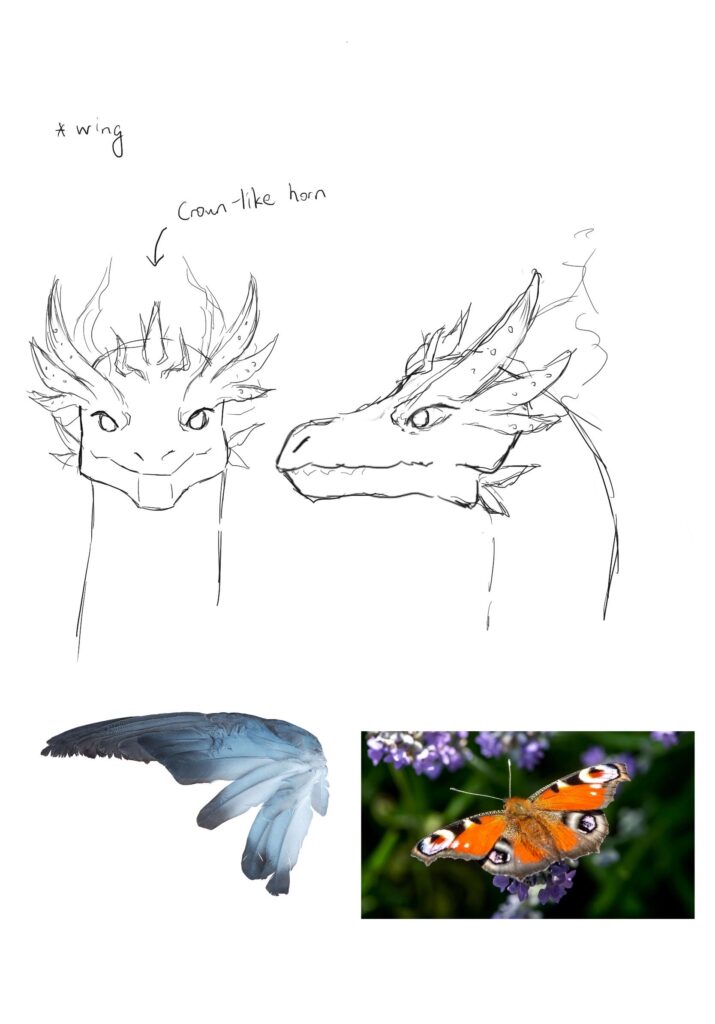
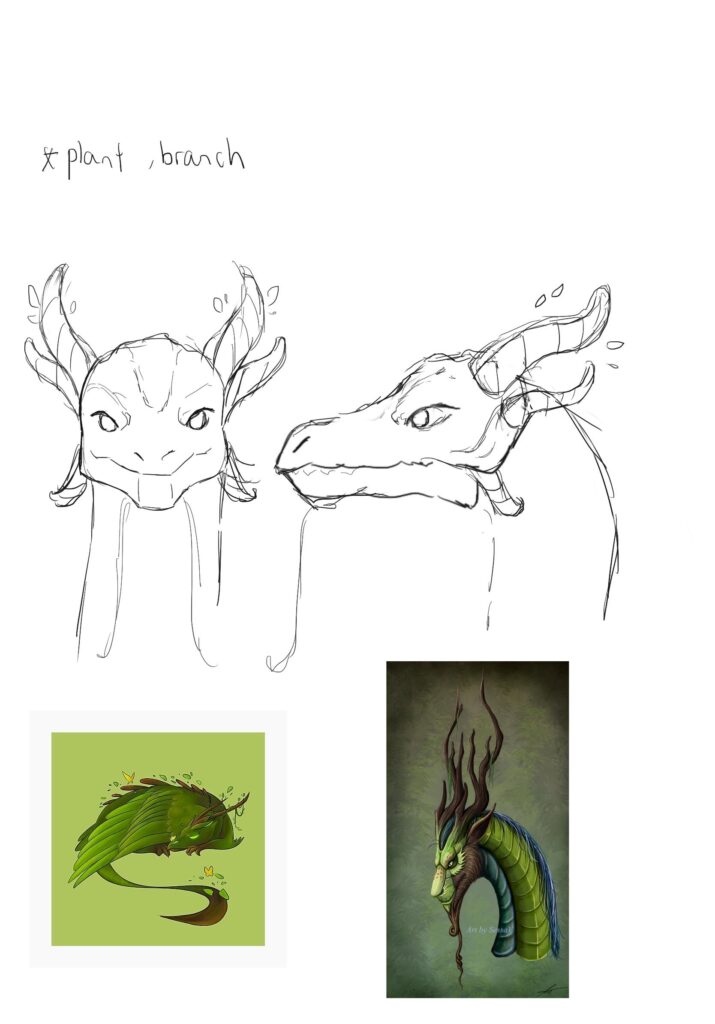


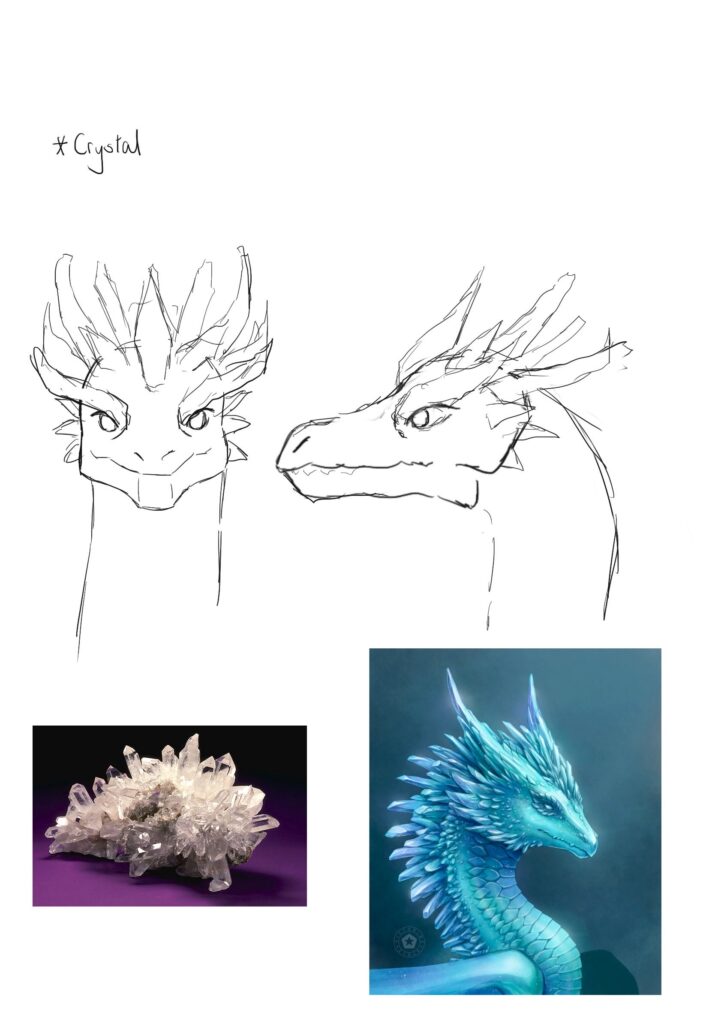
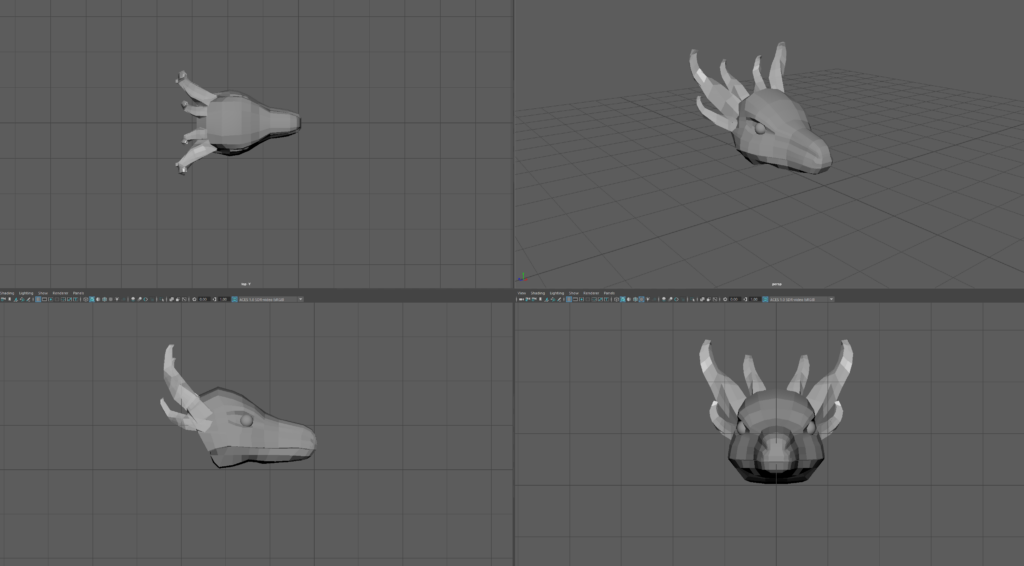
Ivy also started on a 3D model of the dragon once the art direction was settled, which we will use as a maquette when we are doing soft goods fabrication for the puppet.
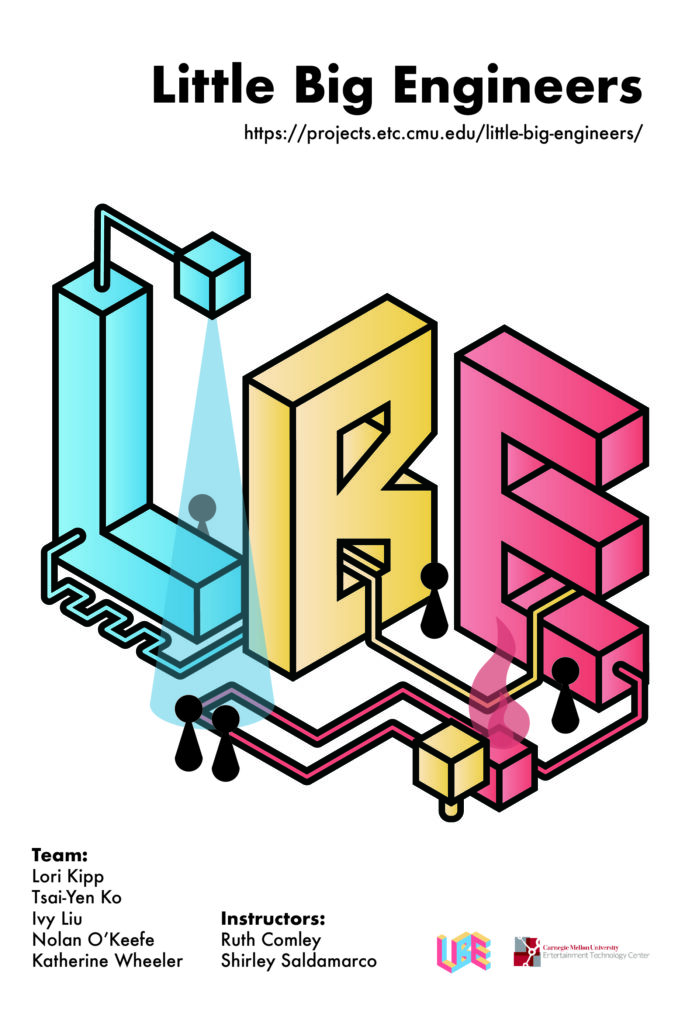
Finally, our team poster and half-sheet are nearly done and should go to print at the end of Week 5! Thanks to Shirley Yee for her help with the branding design!
Set Design
We finally decided on a room to house our experience! Room 2310, our project room, wins over the first floor Fab Room. We found that ultimately, the only advantage of the Fab Room would be the ability to theme the surrounding hallway in a minimal way, but the poor guest flow through the narrower room and its location far away from anything else at the Festival outweighed this advantage.
Lori iterated through three different room layouts as the flow of our experience evolved throughout the week. We are satisfied with the final version, and plan to get more specific about which of the walls can be pipe and drape, which must be stage flats, and the dimensions of all these elements next week.
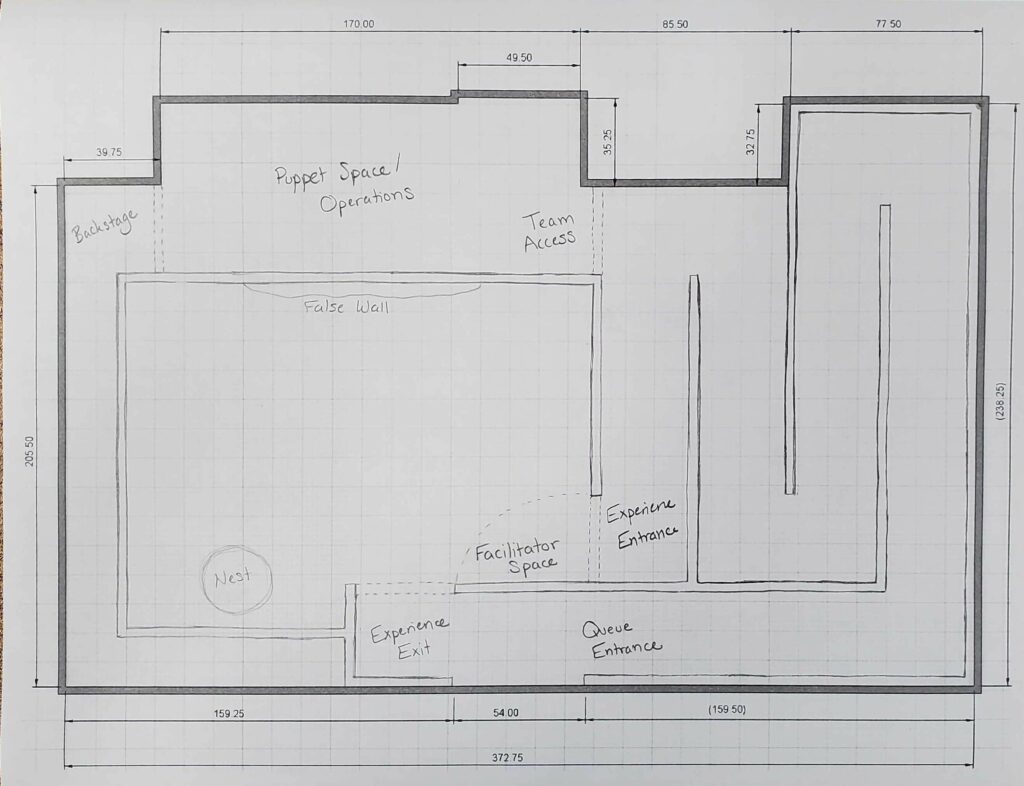
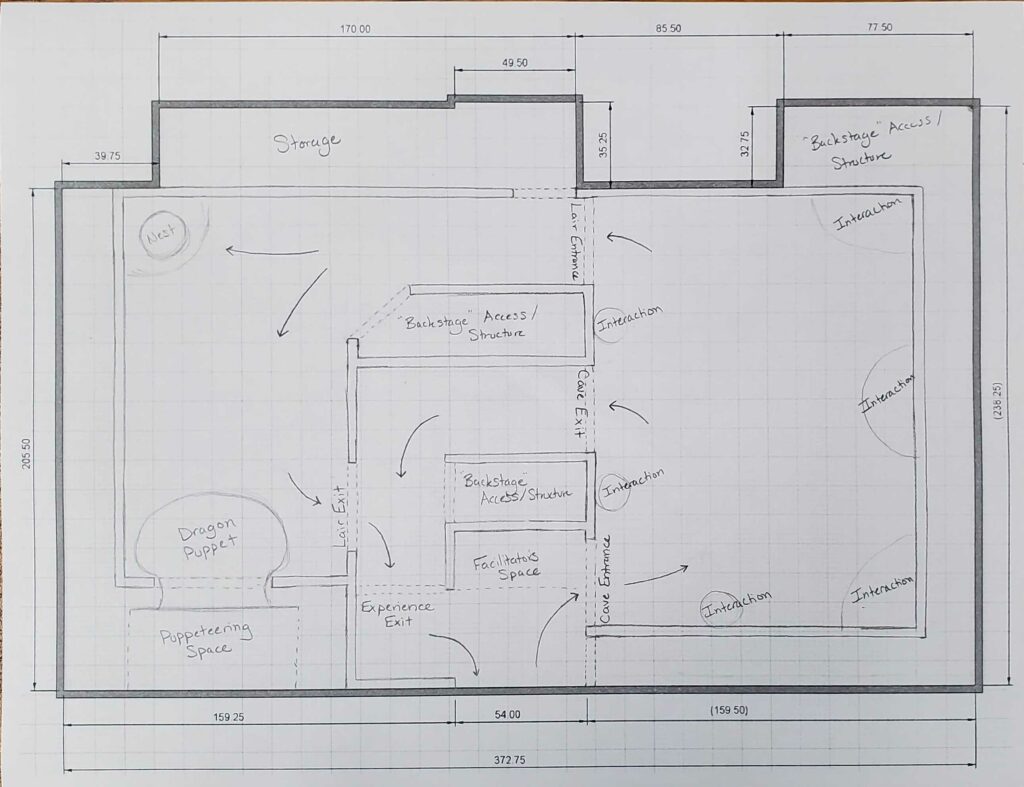
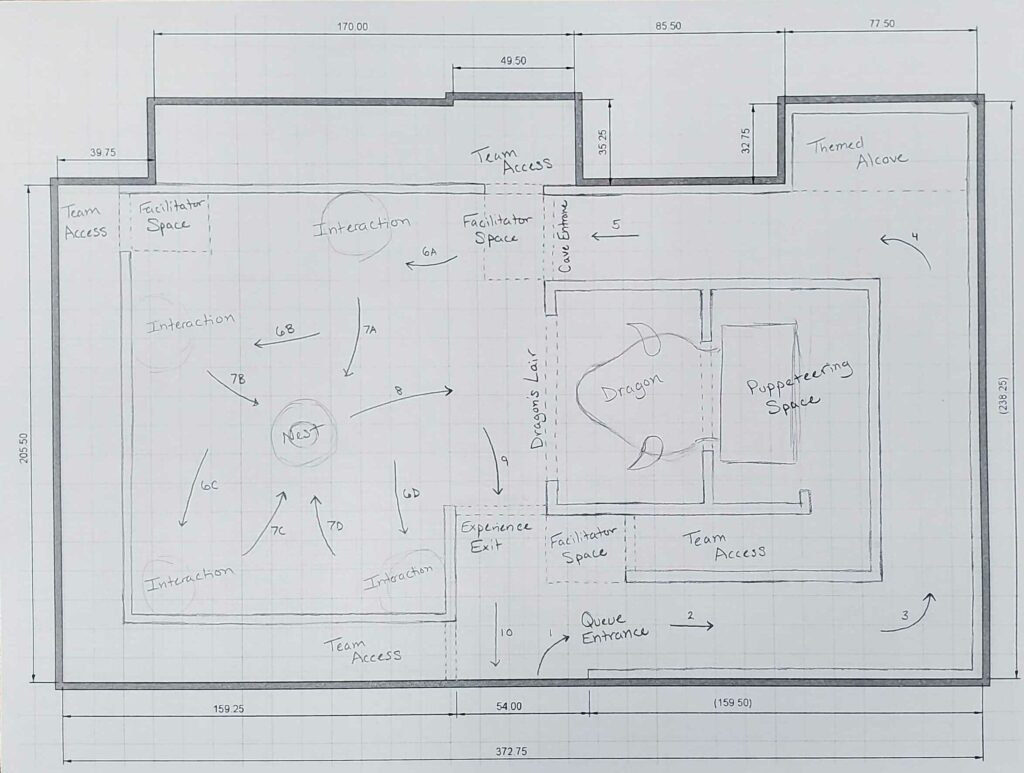
Lori also created a draft of the puppet mechanism. The next step here is to define the needed dimensions exactly, so we can get to fabricating it as soon as possible!
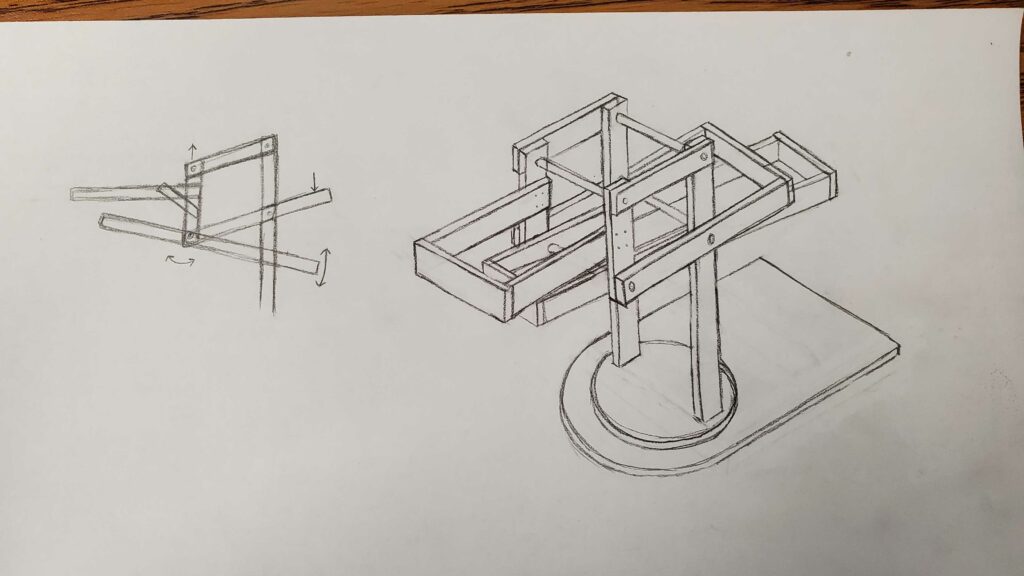

Programming
Our two big pieces of technology, the RFID + Raspberry Pi and the programmable wand, were both available for initial tinkering this week!
The RFID + Raspberry Pi setup was quite challenging, and took several days to solve. For future teams’ reference, here is the solution we used:
Finally got the RFID working with the raspberry pi. The ‘pimylifeup’ blog configured the pi, but instructions to install repository weren’t satisfactory. For future reference, clone https://github.com/pimylifeup/MFRC522-python and run code:
python setup.py install
We may also switch to use a different kind of RFID, based on feedback from our faculty instructor Ruth Comley and our alumni resource Danielle Holstine.
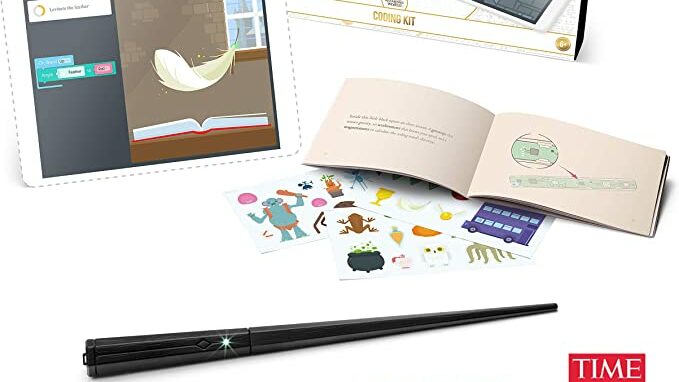
The programmable wands arrived on Wednesday afternoon. We got two of them, to experiment with multiple wands connected via Bluetooth. They have 5 degrees of readable motion, as well as a button, and the spells in the provided spellbook are all shapes drawn on a plane in front of the user. The actual technology piece is quite small and can be removed from the wand. This is fantastic, since the plastic wand casing aesthetically would not fit in our world. This would also allow us to reimagine the wand as something like a large staff, if connecting with multiple wands ends up being too much of a problem in our experience flow.
The wands are meant as an educational toy and come with a coding block app for kids. However, they are also programmable using Python. Here are the programming resources we are using in our experiments with the wands:
https://github.com/IanHarvey/bluepy
https://github.com/GammaGames/kano-wand-demos
https://fortierq.github.io/python-import/#3rd-solution–modify-pythonpath
Alumni Resources
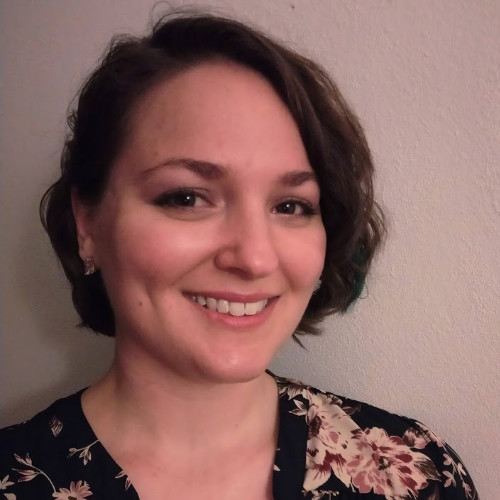
On Wednesday, we talked to themed entertainment technologist and ETC ’11 alumni Danielle Holstine about our experience. After presenting her our current narrative and other experience ideas, she expressed concerns about us over scoping. She resonated with the idea of us using RFIDs and suggested that we make it a bigger part of our experience. Along those lines, she suggested that we simplify the experience by focusing on specific technology. This helped us define our improved experience flow below.
We also met again with Christine Barnes, and plan to continue meeting with her on a weekly basis. The biggest takeaways from our meeting with her were defining an MVP for the RFID-based interaction detailed below, and refining the story from earlier in the week to work with the improved flow.
Interaction Design
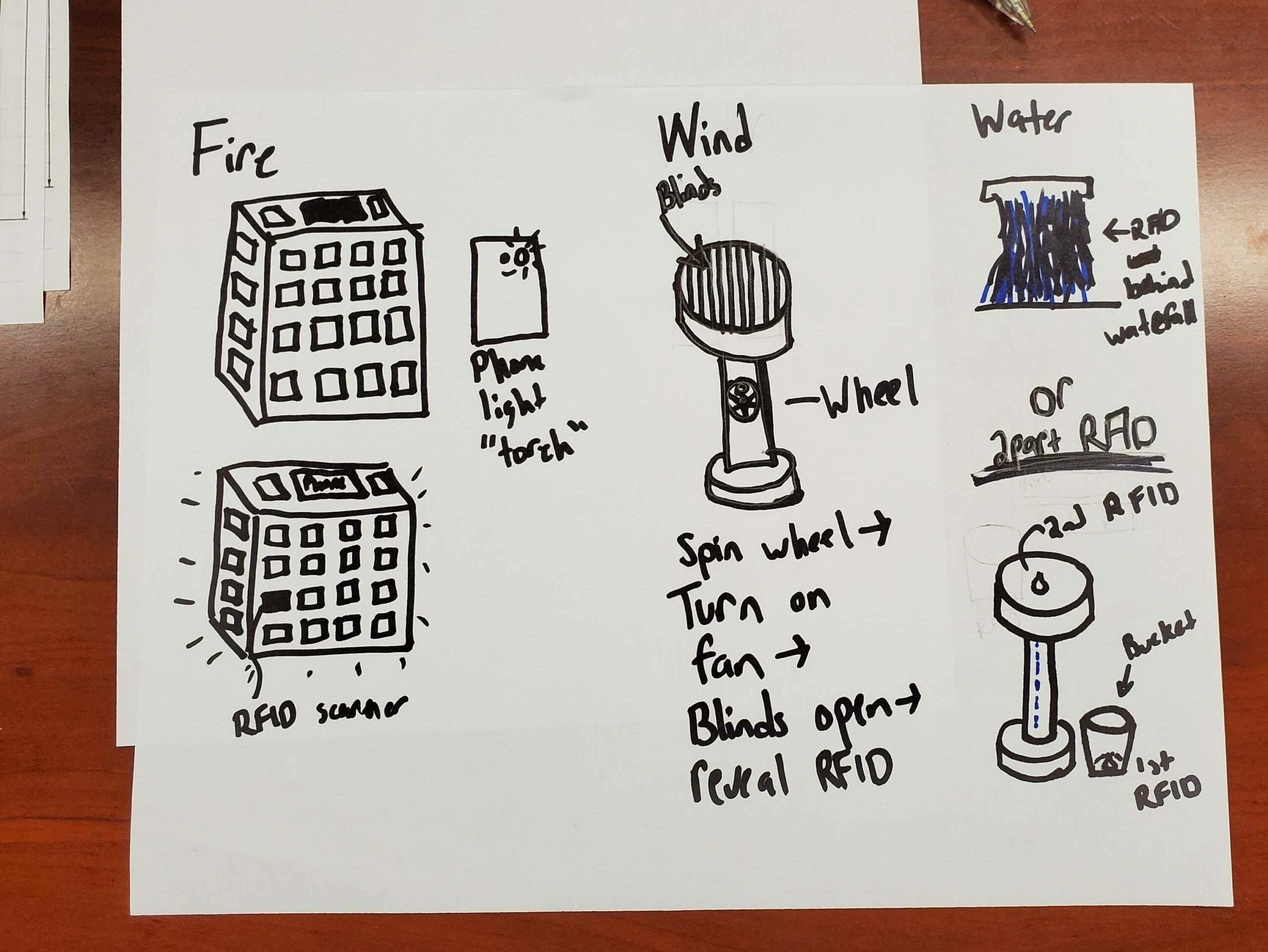
From our discussion with Danielle, we liked the idea of expanding the use of RFID technology, but we wonder how to really integrate it with the main experience in our project room. We want our interactions to feel deeper than tapping an object on another object, and therefore we did a quick design for a couple of puzzles. In these puzzles, the answer to the puzzle reveals where to tap the RFID. Complicated puzzles may be too much for our desired experience time of 3 minutes, though.
One idea was to structure our experience in three parts: getting the RFID in our room, using it throughout the building, and returning to our room to face the dragon. It was really useful for us to talk through what worked about this idea– the RFID gating off parts of the experience, moving from place to place with it– as well as what didn’t work about it– queueing, experience continuity, the frenzied environment of the ETC festival. Ultimately, we nixed this idea, but with a better understanding of how to use RFID technology throughout an experience.
Ultimately, we were able to iterate on the story and conceptualize an experience flow that utilizes RFID technology throughout. We went from the RFIDs coming in only after our core experience is over, to using them as a means to unlock the elemental magic in the first place. A storyboard of our new interaction flow is below! We have found that this flow solves many of the problems we have spent the week thinking through, and are excited to pursue it.
Goals for Next Week
From a tech perspective, our RFID minimum viable product that we’re prioritizing next week is to use the RFID with a Raspberry Pi to activate a colored light. Christine will be visiting Pittsburgh the weekend after Week 5, so getting this MVP done before she arrives will allow us to spend time with her making this interaction into an impressive set piece.
We also want to move forward with scriptwriting, 3D models, finalizing measurements for our woodshop pieces, and generally making as much progress as we can to realize the interaction flow that we approved at the end of the week.
TL;DR
Meeting with alums Danielle Holstine and Christine Barnes helped us make the decision to simplify our interaction flow to emphasize RFIDs. With this new direction defined, we developed our story’s world, and began designing the space and the dragon that will make this interaction flow sing. We also began developing the RFID + Raspberry Pi technology, and the Bluetooth programmable wands. We hope to make great strides producing our experience before Christine comes to work with us next weekend.
